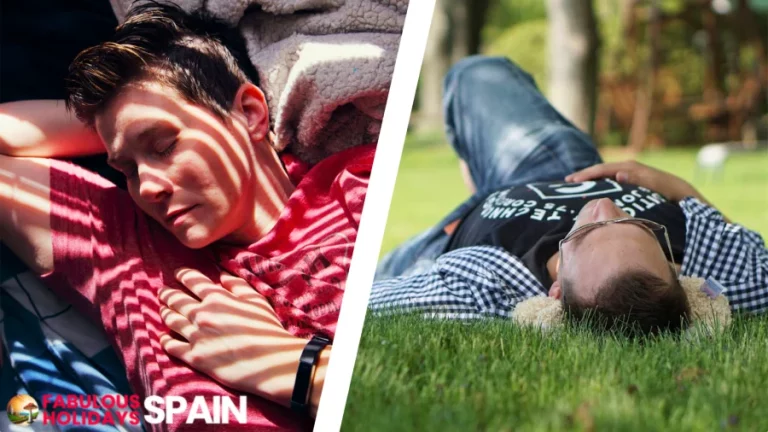A Complete Guide to Colours in Spanish
Colours play a vibrant role in language and culture; Spanish is no exception. From describing the world around us to expressing emotions and ideas, colours permeate everyday conversations and artistic expressions.
In this guide, I will explain their names, meanings, cultural significance, and practical uses.
Basic Colors in Spanish
Let’s start with the foundational colours that form the basis of any colour palette:
| Colour (Spanish) | Color (Spanish) | Gender |
|---|---|---|
| Black | Negro | Masculine |
| White | Blanco | Masculine |
| Red | Rojo | Masculine |
| Yellow | Amarillo | Masculine |
| Green | Verde | Masculine |
| Blue | Azul | Masculine |
These colours are considered primary and secondary colours in Spanish, and they serve as building blocks for creating a vast array of shades and hues.
Colours Gender and Agreement
It’s important to note that colours in Spanish, like most nouns and adjectives, have gender. The colours above are all masculine but change to feminine when describing feminine nouns.
For example:
- El coche rojo (The red car)
- La casa blanca (The white house)
Some colours, like “naranja” (orange) and “rosa” (pink), don’t change their form based on gender.
Additional Colors
Beyond the basic colours, Spanish expands on a rich vocabulary to describe a broad spectrum of colours:
| Color (English) | Colour (English) |
|---|---|
| Orange | Naranja |
| Purple | Morado or Violeta |
| Pink | Rosa |
| Gray | Gris |
| Brown | Marrón or Café |
Shades, Tones, and Hues
Spanish offers various ways to express different shades, tones, and hues of colours. Some common modifiers include:
| Modifier | Meaning |
|---|---|
| Claro | Light |
| Oscuro | Dark |
| Brillante | Bright |
| Pálido | Pale |
| Vivo | Vivid |
For example, “azul claro” means light blue, while “verde oscuro” means dark green.
Colours in Spanish Culture
Colors hold cultural significance in Spanish-speaking countries and are often associated with traditions, celebrations, and symbolism. Here are a few examples:
- Red: Passion, love, danger, and the Spanish flag.
- Yellow: Joy, happiness, sunshine, and caution.
- Green: Nature, hope, fertility.
- Blue: Serenity, calmness, the sky, and the sea.
- White: Purity, peace, innocence, and weddings.
- Black: Mourning, formality, elegance, and sophistication.
Colors in Everyday Language
Colours frequently appear in idiomatic expressions and proverbs in Spanish. Here are a few examples:
- Estar en números rojos: To be in the red (financially).
- Ponerse morado: To eat until you’re stuffed.
- Ver las cosas de color de rosa: To see things through rose-colored glasses.
- Tener una vida gris: To have a dull life.
- Ser un viejo verde: To be an old lecher.
Practical Uses of Colours in Spanish
Knowing colours in Spanish is essential for various practical situations:
- Shopping: Describing the colour of clothes, shoes, or other items.
- Travel: Understanding directions based on coloured landmarks.
- Art and Design: Discussing colour palettes and aesthetics.
- Cooking: Identifying ingredients by their colour.
Learning Resources for Colorus in Spanish
To expand your knowledge of colours in Spanish, explore the following resources:
- Online dictionaries and translators: Look up colours and their various shades.
- Language learning apps: Practice vocabulary and pronunciation through interactive exercises.
- Spanish textbooks and courses: Learn about colours in context with grammar and culture.
- Immersion experiences: Interact with native speakers and observe how colours are used daily.
By mastering colours in Spanish, you’ll enrich your language skills and gain a deeper understanding of Spanish culture and its vibrant expressions.






